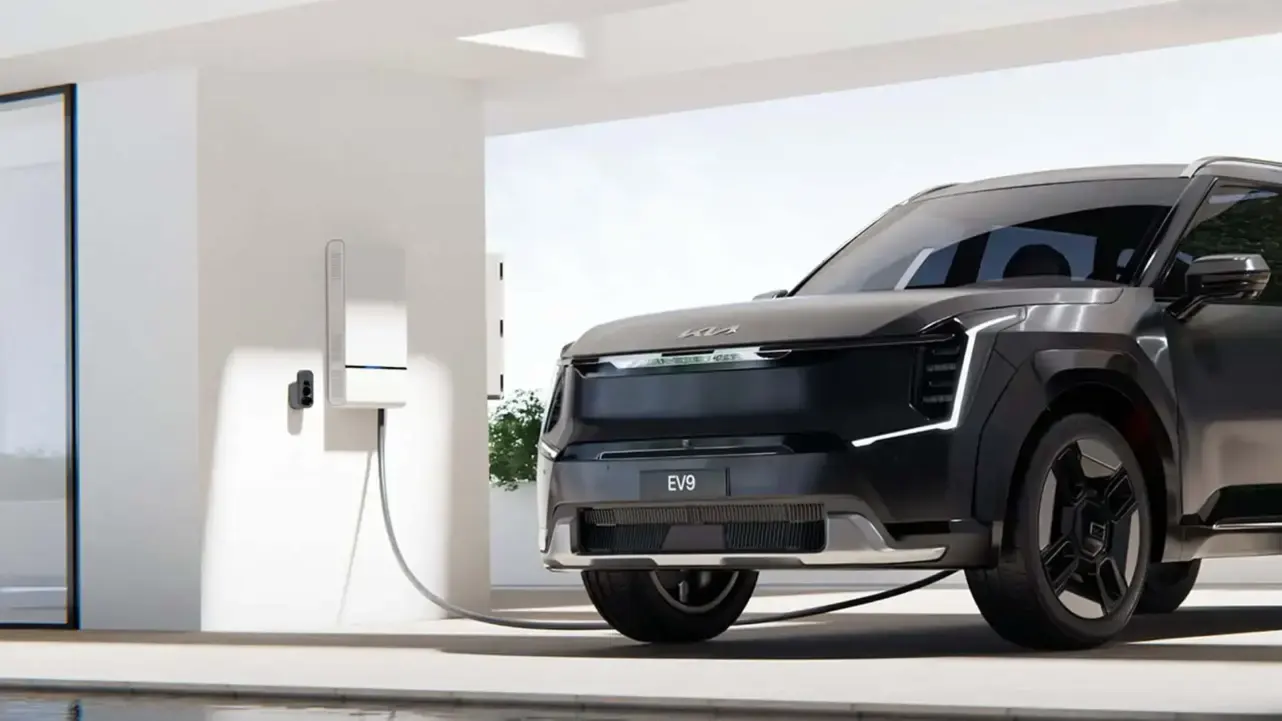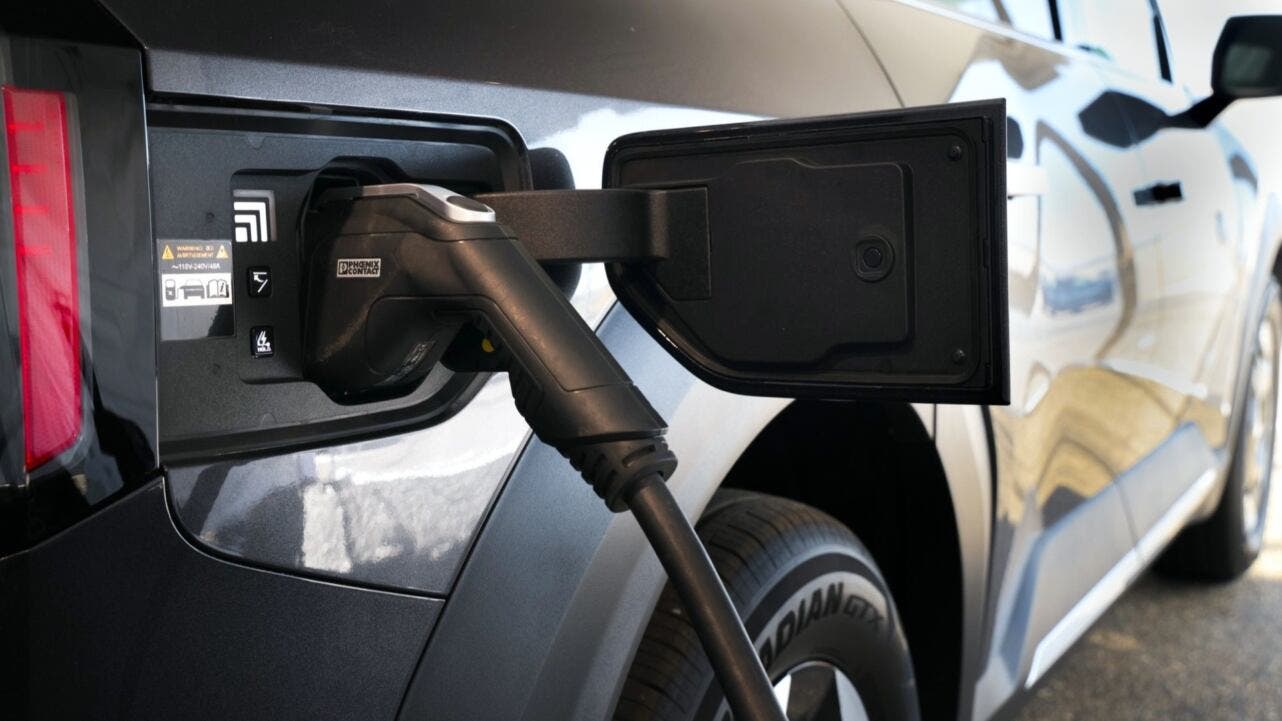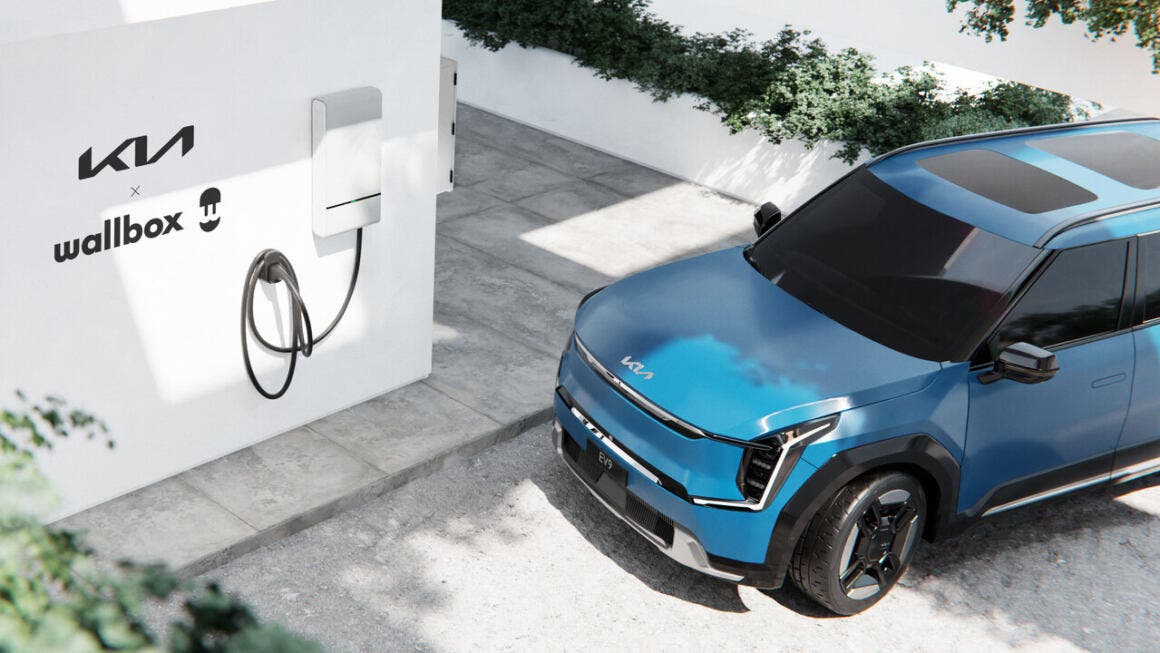Kia, teaming up with Wallbox and UCI, just made that a reality for the EV9, by installing Quasar 2 bidirectional chargers in six California homes. These chargers turn the EV9 into a source of energy, allowing electricity to flow from the car into the house. It’s not just a charging station, it’s a two-way power hub.
The pilot took place in Menifee, California, where the Quasar 2 units were embedded into a brand-new all-electric neighborhood. With this setup, homeowners can pull energy from their EV battery during peak utility rate times or outages, basically turning the EV9 into a reserve generator.

Kia says this vehicle-to-home (V2H) function will be folded into its Kia Connect suite, becoming available for eligible EV9s in due course. Wallbox pitches this as more than a novelty: “a glimpse of a future where every EV is an energy asset”, says Douglas Alfaro.
UCI’s Advanced Power and Energy Program sees this as essential real-world data gathering: only by deploying V2H systems in everyday homes can engineers and grid planners figure out the kinks that come when cars try to become mini power plants.
Sure, turning your EV into a backup battery sounds like a smart move, but it also raises big questions. How much battery degradation will you tolerate? What about conversion efficiency losses when routing power through the charger and into household circuits? And let’s not forget interoperability: can Quasar 2 handle every home’s wiring, regulations, or emergency protocols?

In an era where renewable energy, grid strain, and unpredictable power demand collide, the ability for an EV to serve double duty may tip from gimmick to necessity. Kia’s move nudges EVs further into energy ecosystems rather than just mobility. If scaled, this could shift expectations: owning an EV might also mean owning a home energy resource.
